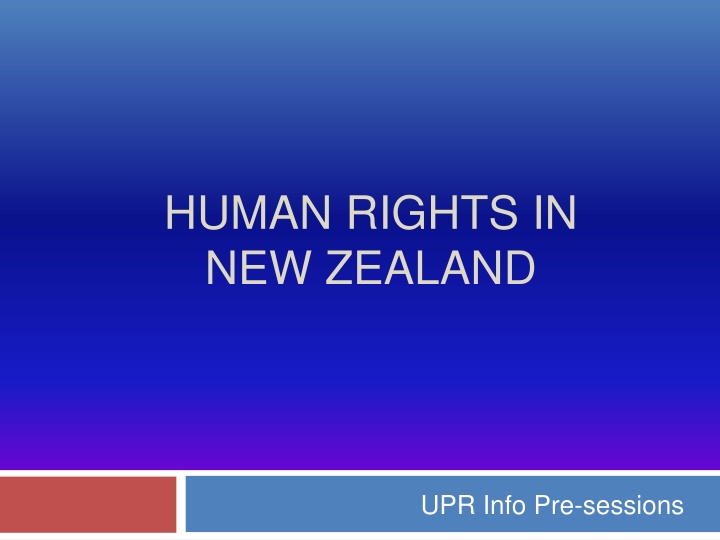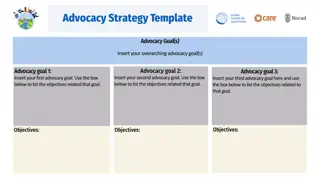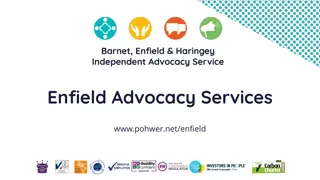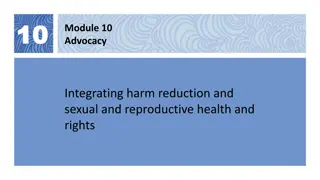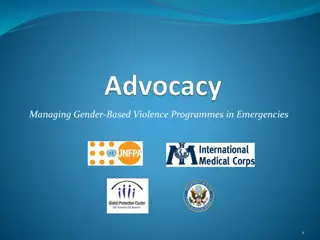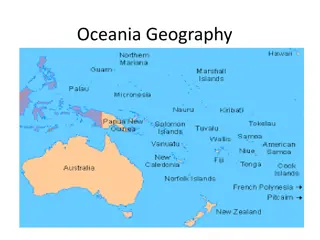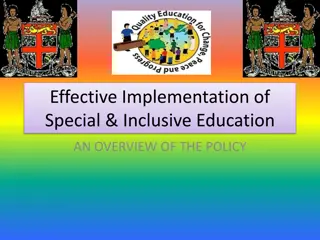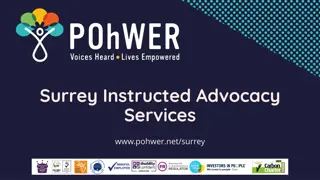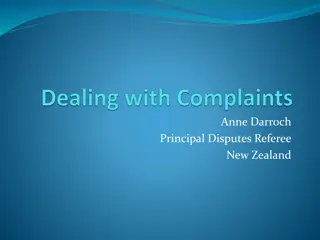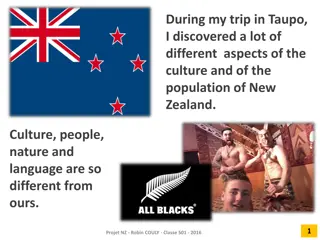Situation in New Zealand: Inclusive Education Advocacy
New Zealand faces challenges in implementing inclusive education for disabled students, with increased enrollment in segregated schools and lack of effective remedies. The Inclusive Education Action Group advocates for policy changes to ensure the rights of disabled students to inclusive education are recognized and enforced.
Download Presentation

Please find below an Image/Link to download the presentation.
The content on the website is provided AS IS for your information and personal use only. It may not be sold, licensed, or shared on other websites without obtaining consent from the author.If you encounter any issues during the download, it is possible that the publisher has removed the file from their server.
You are allowed to download the files provided on this website for personal or commercial use, subject to the condition that they are used lawfully. All files are the property of their respective owners.
The content on the website is provided AS IS for your information and personal use only. It may not be sold, licensed, or shared on other websites without obtaining consent from the author.
E N D
Presentation Transcript
HUMAN RIGHTS IN NEW ZEALAND UPR Info Pre-sessions
Who are we? The Inclusive Education Action Group (IEAG) advocates for change in the education system. We are a not-for-profit, charitable organisation, established in 2008. Our membership includes disabled people, families, education professionals, academics, researchers, and advocates. What we do We provide support, information and advocacy to students, families and organisations. At a systemic level, we advocate to government and political parties to bring about an inclusive education system.
Situation in New Zealand Issue 1 New Zealand supported but has not implemented recommendations to ensure the right of disabled students to an inclusive education. Since 2019, there is: Increased evidence from government reports about the barriers to inclusive education experienced by disabled children. Increased government and political acknowledgement that education system failures and policy flaws impact unfairly on disabled students. No effective remedy or redress for inclusive education rights. Litigation lodged in 2008, has yet to be heard by the Human Rights Review Tribunal. Increased concern that the opportunity to amend Education Law to include an enforceable right to inclusive education and reasonable accommodation was not taken.
Recommendations Issue 1 IEAG urges you to further recommend that the New Zealand Government make explicit in law and policy the rights of disabled students to an inclusive education by: harmonising its domestic law in line with the CRPD and international standards and; providing an explicit enforceable right to inclusive education and to reasonable accommodation.
Situation in New Zealand Issue 2 Increased enrolment of disabled students in segregated residential specialist schools. These increases are inconsistent with the development of an inclusive education system. Since 2019 there has been: Roll increases at residential specialist schools for children with behaviour, social and/or learning needs, due to the entry requirements being widened. New evidence that residential specialist schools use physical restraint at higher levels than other schools. That evidence includes children as young as 10 years of age being physically restrained for behaviour management and not reasons of safety (as required by legislation and existing guidelines).
Questions: Issue 2 IEAG urges you to put the following questions to the New Zealand Government: Why has eligibility been progressively widened since 2018 and rolls increased at residential specialist schools when there is an effective inclusive education program which keep disabled children at home, at school in their communities? Why is physical restraint used in settings with low student ratios, staff with specialist expertise, and when it is contrary to legislation and policy guidelines?
Thank you Presented for the Inclusive Education Action Group by: Heather Lear QSM Trish Grant You can find additional detail in our handouts in support of these recommendations. Thank you.
